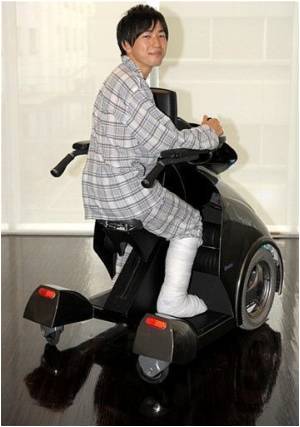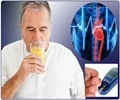Older women aged 50–64 using wheelchairs had a 38% increased risk than older men who had a 75% increased risk.

‘People who use wheelchairs had increased risk for accidents due to car crashes than pedestrians in the US.’





This is the first time pedestrian mortality rates have been calculated in the wheelchair population. The study found that from 2006 to 2012, the mortality rate for pedestrians using wheelchairs was 95% which was 36% higher than the overall pedestrian mortality rate.Men were more prone to car crashes than women. Older women aged 50–64 using wheelchairs had a 38% increased risk than older men who had a 75% increased risk. Almost half of fatal crashes occurred in intersections and 38.7% of intersection crashes occurred at locations without traffic control devices.
Among intersection crashes, 47.5% involved wheelchair users in a crosswalk; no crosswalk was available for 18.3%. 21.4% of crashes was due to driver failure.
“The data don't show why wheelchair users may be more vulnerable than other pedestrians. But the findings suggest that city planners should consider ways to make sidewalks safer and drivers should be aware that people in wheelchairs may not move or react in the same way as others do,” said study co-author John Kraemer of the Department of Health Systems Administration at Georgetown University in Washington, D.C.
Reference: John D Kraemer and Connor S Benton, “Disparities in road crash mortality among pedestrians using wheelchairs in the USA: results of a capture–recapture analysis,” BMJ Open 2015; 5:e008396 doi:10.1136/bmjopen-2015-008396
Advertisement











